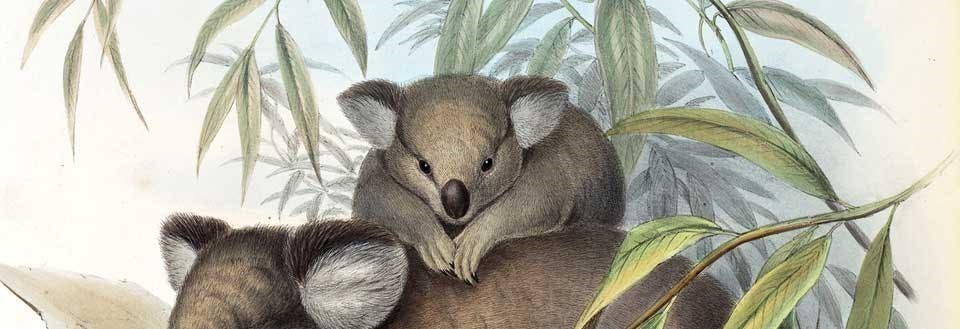Section I.
The Rebirth of Natural History, 1485-1700
The study of nature flourished in the ancient world. Aristotle described and classified a wide assortment of animals, and physicians such as Dioscorides determined the medicinal properties of plants and provided accurate illustrations. In the medieval period, the interest in nature continued, but it was no longer pursued firsthand. Instead, ancient authors were annotated and bequeathed to further annotators, and images were copied from earlier images, rather than being drawn from life. In the Renaissance period, for rather complex reasons, the ancient texts continued to be authoritative, but there arose a belief that animals and plants should be studied and drawn from nature. So, in some of the earliest printed books, we find classical texts combined with new images, producing an uneasy tension. Gradually, the images took precedence, and the ancient texts were replaced by modern observations that fit the images. With the discovery of New World flora and fauna that had no classical source, the transformation was complete. By 1700, natural history has been firmly re-established as a legitimate branch of scientific inquiry.

